Get Snowboard Fit
Whether you’re worried about how you look with your shirt off, how you feel after a day of boosting it in the park, or how your back leg feels the day after shredding tits-deep-pow; you’re going to need to take heed of a few things:
- Pro Snowboard athletes are spending more and more time on resistance training and cardiovascular training, allowing them to constantly push snowboarding to new heights.
- Stretching, yoga, and proper nutrition are key.
- Maintaining fitness reduces injuries, which ultimately leads to more days shredding!
Now is the time that you get snowboard fit too!

Snowboard Injuries & Why We Train
Snowboarding is a dangerous sport and people get injured. If you have been snowboarding for a while, chances are that you’ve pulled, torn, broken and/or had surgeries on various body parts. Fortunately, instead of looking at these injuries as setbacks, but as learning opportunities… you too can become a more well-rounded, injury resistant rider.
With proper training, both on and off the snow comes improved strength, balance, flexibility, and stamina. These are all necessary qualities to keep stomping and mastering trick after trick. Others may be tired and starting to wash out, instead of continuing to ride all day with ease.
Snowboard Specific Training
The best and by far the funnest place to start your snowboard training is with snowboard specific training gear. This means pulling out your Jib or Tramp Board, Balance Bar and Bindings, strapping in and sending er’.
We have pro snowboarders like Seb Toots, Max Parrot, Jamie Nicholls, Billy Morgan and Katie Omerod who use our gear regularly for rehab and for muscle memory… We also have physiotherapists of Olympic snowboard teams who uses our gear in all physio and rehab programs. The reason being: our gear you can train safer, while also improving your muscle memory and your coordination and balance. Win, win, win, win.
 Seb Toots using snowboard specific training to increase his snowboard skills.
Seb Toots using snowboard specific training to increase his snowboard skills.
Resistance Training
Starting at the foundation will be your resistance training or weight lifting. This is absolutely vital for a lot of different reasons that go beyond just having shredded biceps or a killer six pack to show off on those spring park days. Your muscles are what support and move your skeleton/body. They help you to jump higher, balance better and absorb landings more effortlessly.
But more importantly, muscles act as shock absorbers for our skeleton and connective tissue. When they aren’t strong enough to absorb a wicked knuckle slam; our bones break or dislocate, muscles, tendons, and ligaments (oh my!) sprain, strain, or even worse, tear.
Stretching
The next component of your off-board training, that you hopefully already do a little bit every day, is stretching. Your muscles control your skeleton/body and in order to do that, they attach to your skeleton by tendons. When your muscles start to tighten up from too much use, they pull your skeleton out of its proper alignment, leading to achy knees, a stiff lower back, sore shoulders, and a stiff neck. The good news is that with proper stretching and foam rolling, most chronic aches and pains can be greatly decreased or totally eliminated. Another added benefit of stretching is that it will make it easier to tweak out your tricks and execute grabs because your limbs will have a better range of motion. Start small by doing 5-10 minutes of concentrated stretching once or twice a day, that will be more than enough. Yoga is also a great way of stretching and relieving stress, with many pro snowboarders now including it in their training programs.
 Snowboard Exercise & Rehab Coach Dustin, stretching his hip flexors. A vital muscle group used regularly in snowboarding.
Snowboard Exercise & Rehab Coach Dustin, stretching his hip flexors. A vital muscle group used regularly in snowboarding.
Cardiovascular Endurance
Out of all the aspects of the training regimens we recommend, cardio training will be the most enjoyable by far. It’s not just running marathons, cardio is anything that will get your heart rate elevated and keeping it there for extended periods of time. When we take a lap through the park, we are using a ton of muscles and therefore, putting high oxygen demands on our body. This, in turn, gets our heart beating much faster – approximately 140-180 beats per minute.
The goal of cardio training is to increase our cardiovascular fitness and endurance to a level where you can comfortably get through an average day of riding, and ultimately be able to ride harder, for longer. The fun part of this are activities like Balance Bar training and Tramp Boarding, because 5-30 minutes of using the Balance Bar or Tramp Board is an absolute killer workout. Skateboarding is another one that will keep your balance and board control in check. These activities will not only challenge your fitness levels but also directly improve your snowboarding too!
Nutrition
What you put into your body is the fuel for before, during, and after your day snowboarding. Eating the proper foods at the right time will not only help you recover from your workouts, build some muscle along the way, but will also maximize your energy levels while you’re riding. You wouldn’t put diesel fuel in a Ferrari. One of the common themes throughout this little fitness manifesto is repetition, and the amount of snowboarding that you’re able to do throughout the entire season is incredibly vital to your progress.
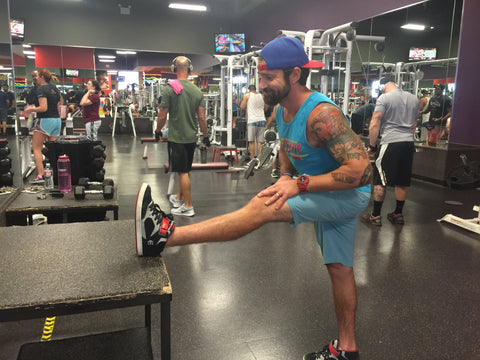 Dustin stretching out his hamstrings, real deep like. These are one of the most used muscles when shredding.
Dustin stretching out his hamstrings, real deep like. These are one of the most used muscles when shredding.
Actual Snowboarding (Yew!)
Ok, so the one activity that hasn’t been mentioned and it’s kind of an important one, is snowboarding itself! During the winter this can definitely be your cardio workouts on the days you make it to the hill. On the days you can’t just try to get in some of the other activities listed above. And one way to maximize your fitness and skill levels is by choosing one feature to focus on and only hitting that for 30-45 minutes. Yes, this means you need to unstrap your boots after every hit and hike back up to your take off point.
Alternatively, do repetitive laps through the park, hitting the same features each time with the same trick for that particular feature. This way, over the course of the day, you are getting more confident on the same features and also refining your tricks.

So There You Have it!
These are just a few of the reasons why you should give these recommendations more than just a passing glance. The results that come from putting in the time off the mountain, will without a doubt be worth it when you strap in on the mountain. After all, any goal or endeavor worth going after in life is only truly satisfying and worthwhile if it takes some hard work and sacrifices to accomplish!
Dustin Richter
www.HTHPersonalTraining.com
702-513-5159
Snowboard Addiction Guest Blogger
Our Goal Is To Improve Your Riding




